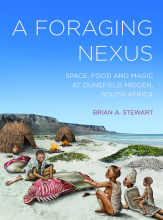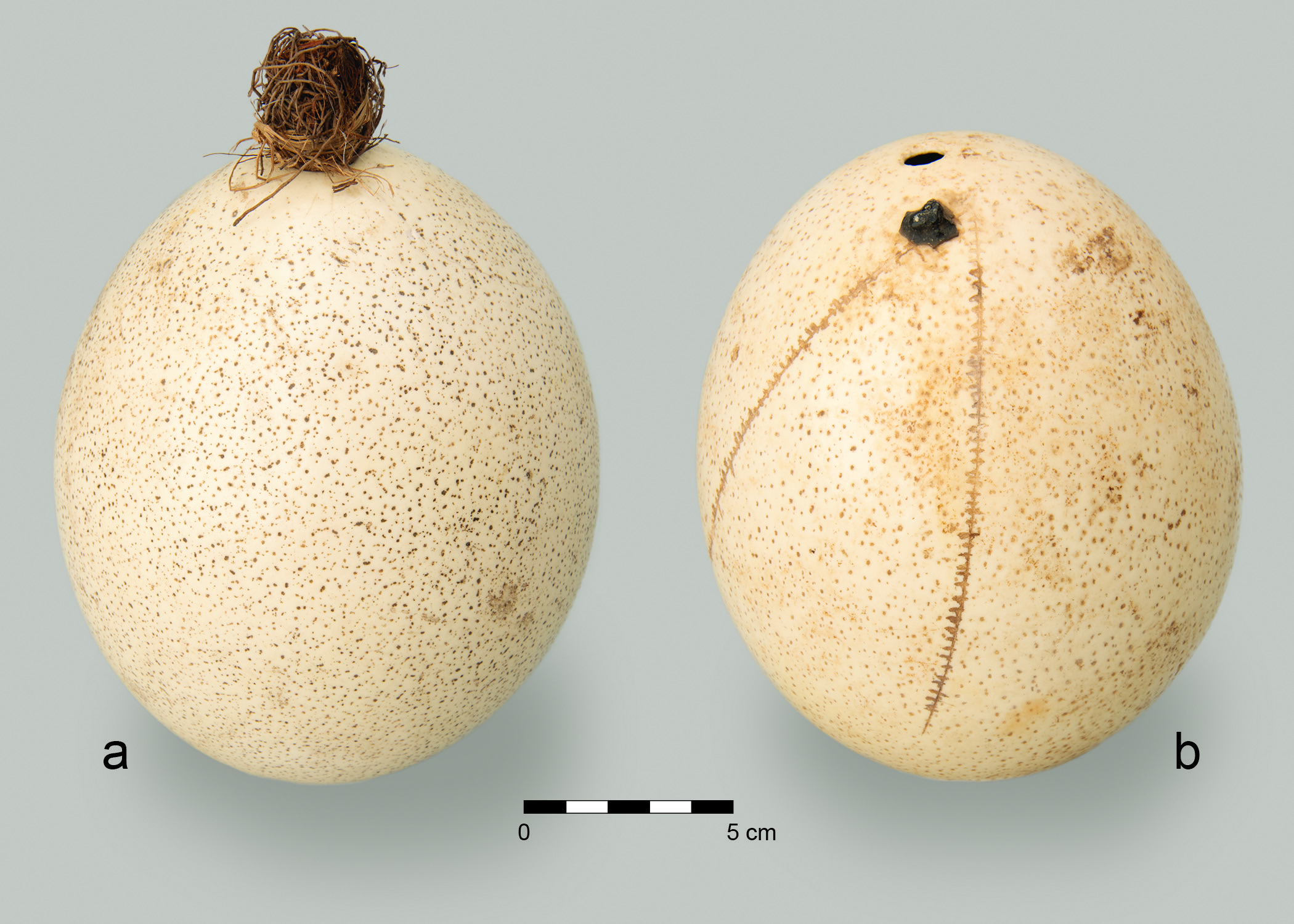A Foraging Nexus: Space, Food, and Magic at Dunefield Midden, South Africa

Forthcoming
Series: Monographs 86ISBN: 978-1-950446-77-3
Publication Date: Jan 2026
Return to catalog
Brian A. Stewart
Dunefield Midden on South Africa’s west coast is one of the world’s largest and best-preserved campsites of past foragers. Covered by windblown sand soon after abandonment, it provides a snapshot of domestic life for some of the subcontinent’s last precolonial peoples. The site’s shallow, intact deposits encouraged an emphasis on horizontal exposure and spatial resolution on the part of its excavators, John Parkington and his students at the University of Cape Town. Those efforts spanned more than a decade and resulted in the recovery of nearly 1,000 square meters of Later Stone Age archaeology, including over 100 features interspersed with diverse shell, bone, and artifact assemblages. Twenty-seven radiocarbon dates on charcoal and marine shells constrain the site’s occupation to between AD 1300 and 1400, with a cumulative duration of no more than a few months.
This book presents the results of a comprehensive spatial analysis and refitting program of an array of meticulously mapped subsistence materials from Dunefield Midden. Ceramic cooking vessels, ostrich eggshell flasks, tortoiseshell bowls, and the bones of three differently sized ungulates, both wild and domesticated, are reassembled and their distributions compared to understand the cultural flows and natural forces that structured this exceptional site. Resulting patterns are interpreted with reference to diverse ethnoarchaeological, ethnographic, and ethnohistoric observations from Africa and beyond. What emerges is a uniquely detailed spatial reconstruction of hunter-gatherer material use-histories, social organization, group identity, and spirituality.

Ostrich eggshell flasks are closed with grass stoppers (a) and sometimes decorated with incisions (b), like these two Ju|’hoãnsi specimens. From the ethnographic collection of the University of Michigan Museum of Anthropological Archaeology. Photo by Bruce Worden.


